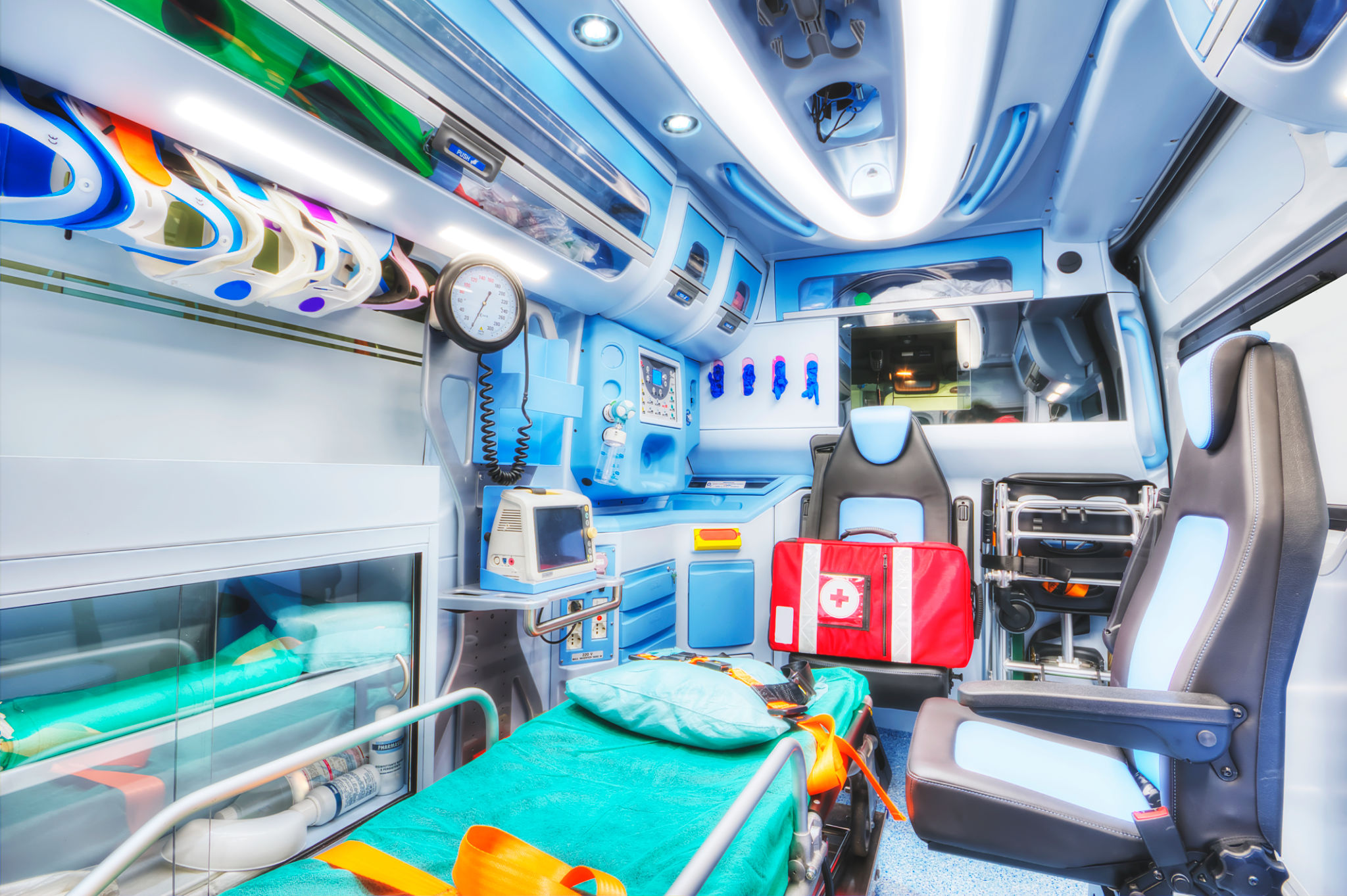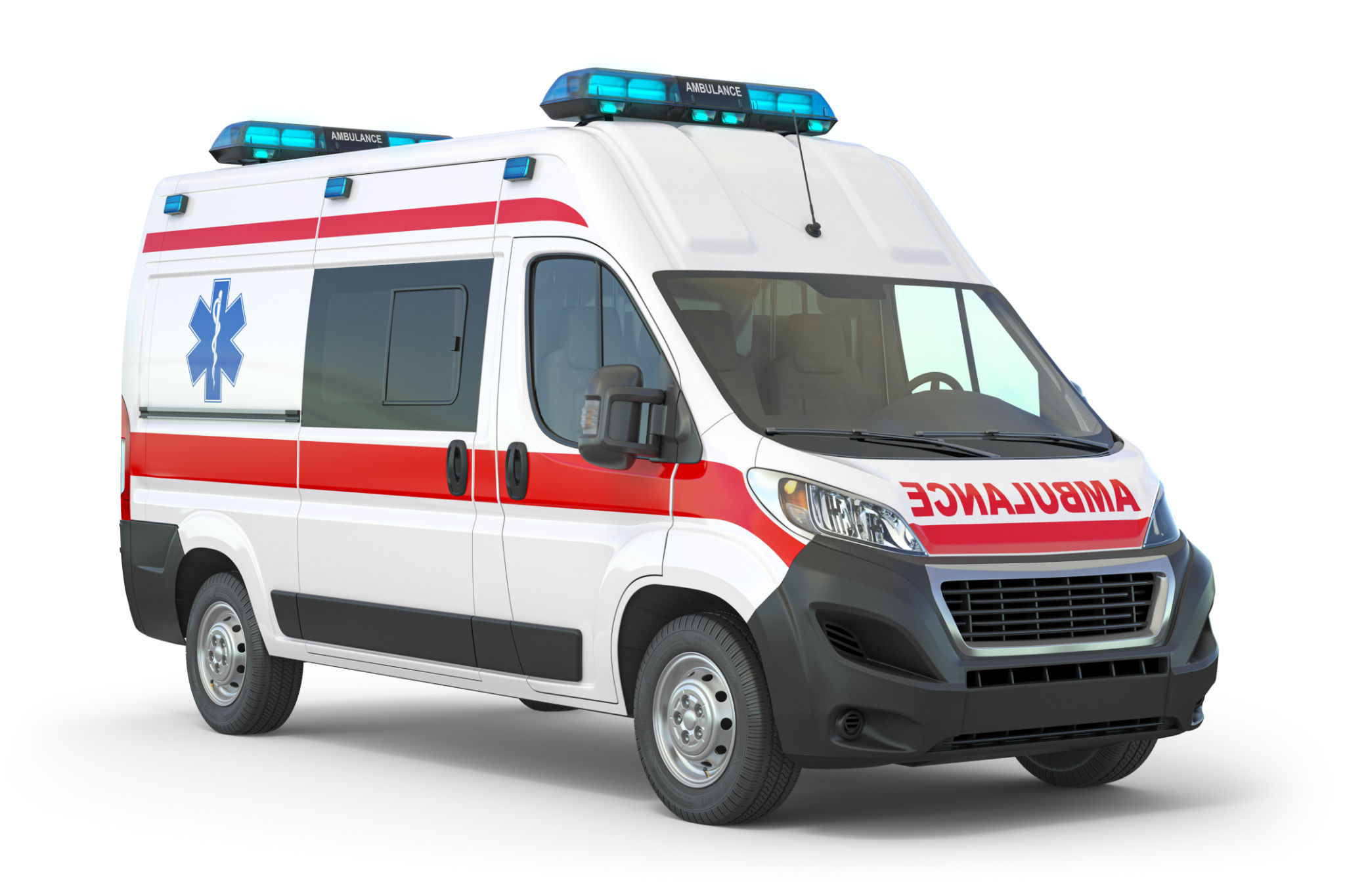Expert Tips for Choosing the Right Taillift for Ambulances
Understanding the Importance of Taillifts in Ambulances
When it comes to emergency medical services, time and efficiency are of the essence. One crucial component that ensures swift and safe patient transport is the taillift. Taillifts are hydraulic or electric lifting devices designed to aid in loading and unloading patients and equipment. Choosing the right taillift for ambulances can significantly impact operational efficiency and patient safety.

Key Considerations for Selecting a Taillift
When selecting a taillift for ambulances, several factors need careful consideration. Understanding these can make the decision-making process more straightforward and ensure you select the best option for your needs. Below are some essential considerations:
Load Capacity
The first factor to consider is the load capacity of the taillift. It's vital to choose a model that can handle the weight of the heaviest equipment and patient combined. This ensures that all scenarios can be managed without compromising safety. Generally, taillifts with a higher load capacity offer more versatility in handling different situations.
Space and Size Compatibility
Ambulances come in various sizes, and so do taillifts. It's crucial to select a taillift that fits well with your ambulance's dimensions without obstructing other functionalities. The lift should integrate seamlessly into the design, allowing for efficient use of space. Consider models that offer compact storage options when not in use.

Functionality and Ease of Use
The usability of a taillift is another critical factor. Look for models that offer straightforward operations, preferably with intuitive controls that can be easily accessed by ambulance staff during emergencies. Some advanced models include remote-control features or automatic operation modes, enhancing functionality even further.
Durability and Maintenance
Ambulances are subject to continuous use, which means the taillift must be durable enough to withstand regular wear and tear. Choose a taillift made from high-quality materials that offer long-term durability. Additionally, consider the maintenance requirements; opt for models that are easy to service and have readily available replacement parts.

Compliance with Safety Standards
Safety is paramount in any medical setting. Ensure that the taillift you choose complies with national and international safety standards. This includes having safety features such as anti-slip surfaces, emergency stop buttons, and overload protection systems. Compliance guarantees that you meet regulatory requirements while ensuring patient safety.
Cost Considerations
Finally, while cost should not be the sole determining factor, it is an important consideration. Compare different models and brands to find a balance between price and features. Remember that investing in a high-quality taillift can lead to savings in the long run due to reduced maintenance costs and enhanced reliability.
By considering these expert tips, you can make an informed decision when choosing the right taillift for your ambulance fleet, ultimately improving efficiency and safety.
